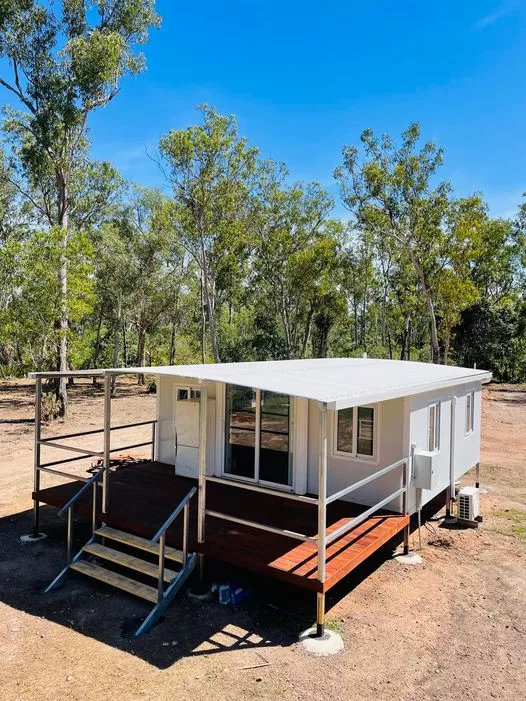The Resilience of Container Homes in Disaster Relief
In times of natural disasters and emergencies, the urgent need for quick, robust, and sustainable shelter is paramount. Moreover, in this regard, container homes emerge as a viable choice, renowned for their unparalleled sturdiness in disaster relief scenarios. Let’s explore some key advantages of the resilience of container homes:
Wind-Resistance: A Sturdy Shelter
Container homes, constructed from steel, boast remarkable resistance against strong winds, hurricanes, and tornadoes, ensuring the safety of inhabitants. This becomes particularly crucial in storm-prone regions, providing a relatively secure refuge.
Fire-Resistance: Fortified Against Flames
Moreover, steel, being a non-combustible material, endows container homes with high fire-resistance. Consequently, this reduces the threat of fires within the dwelling, offering additional safety to disaster survivors.
Earthquake Resilience: A Haven Amid Tremors
The robust structure and stable connection points of container homes grant them exceptional earthquake resilience. They minimize structural damage caused by seismic activity, ensuring a reliable dwelling for residents.
Flood and Water Resistance: Rising Above Deluge
Additionally, elevated on high foundations, container homes exhibit strong resistance to floods and water-related disasters. As a result, this design minimizes the risk of water infiltration and structural corrosion, thereby maintaining their sturdiness.

Pest and Wildlife Defense: A Secure Habitat
The sealed structure of container homes effectively prevents insects, snakes, and other harmful creatures from entering. This contributes to a cleaner and safer living environment, reducing the risk of disease transmission.
Corrosion Resistance and Climate Adaptability: Weathering the Elements
Furthermore, container homes are typically treated to resist corrosion, thereby making them suitable for regions with heavy rainfall and high humidity. Consequently, they remain robust and durable even in challenging climate conditions.
Compliance with Building Standards: Ensuring Safety
In many countries, where the construction of container homes is subject to strict building standards and regulations, these requirements encompass structural integrity, electrical systems, water supply, and sanitation facilities, thereby guaranteeing that the structure can provide a reliable shelter in emergency situations.
In summary, the resilience of container homes makes them a vital asset in disaster relief efforts. They offer a reliable, secure, and sustainable place to live, meeting the basic needs of disaster-affected populations. Especially in natural disasters and emergencies, their value is immeasurable. Their resistance to wind, fire, earthquakes, water disasters, and their defense against pests and wildlife make them an indispensable resource for disaster response.
